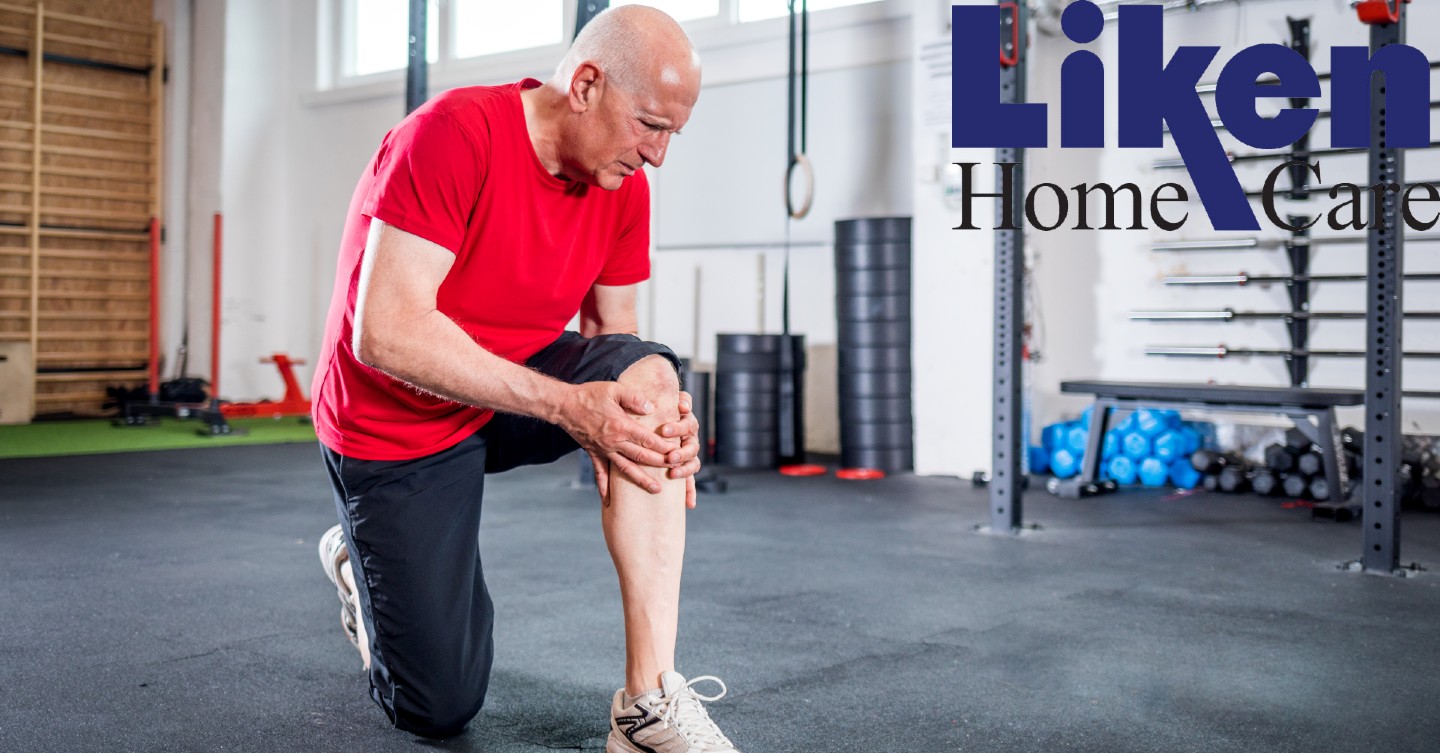Osteoporosis: What You Need to Know

There are a lot of factors to consider when trying to keep healthy. One you may not have considered is your bones. As people get older, there is the possibility that the density in the bones will decrease. This is known as osteoporosis, and it is the most common disease affecting the bones. For adults over age 50, it becomes more important to monitor as it can lead to bigger issues. Here is what to know about osteoporosis.
How It’s Caused
Understanding what osteoporosis is can help you better know how it is caused. Overall, it is a disease that causes bones to degenerate over time or become “porous.” When a bone affected by osteoporosis is viewed under a microscope, it can have the appearance of a honeycomb. While bones typically are formed with small holes, osteoporosis causes these holes to be larger, which can lead to reduced mass or density. This may also lead to a crack or collapse in the bone.
Osteoporosis has a number of risk factors that determine how likely a person is to develop the disease. This can include body types, as people with thinner or smaller frames are more likely to be impacted. Other factors include lower calcium in a person’s diet, excessive smoking and alcohol use, lower estrogen or testosterone levels, and previously having a disease that causes chronic inflammation, such as liver disease or rheumatoid arthritis.
Key Symptoms
Osteoporosis stands out because there are no pronounced symptoms, at least during its early stages. However, as bones are more impacted, symptoms become more prevalent. These include back pain, which may be caused by a fractured or collapsed vertebra, impacted posture (either a loss of overall height or stooping over more often), or bones that break easier than expected. These symptoms are usually detected via a DEXA test, which is a dual-energy X-ray designed to track bone density, or FRAX, which tracks the 10-year probability of a major fracture.
Prevention Tips
No matter what your age, you can get an early start on preventing osteoporosis. One of the easiest steps is to get the right amount of calcium, either through foods or supplements. Experts suggest women age 50 and younger and men 70 and younger get 1,000 milligrams daily, while the number jumps to 1,200 milligrams daily for women over age 50 and men over 70. In addition, vitamin D and potassium can help. There are overall life changes that can aid in the prevention of osteoporosis as well. For example, incorporating weight-bearing exercises such as walking, dancing, or weight training can help strengthen bones. Reducing your alcohol intake and smoking levels also help with improving bone density.
While osteoporosis can lead to serious bone damage, the good news is that it can be possible to get ahead of the disease and reduce its impact. By managing this condition, it makes it easier to minimize effects and be able to do the activities you’ve always loved.
